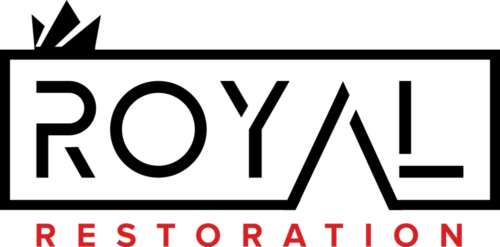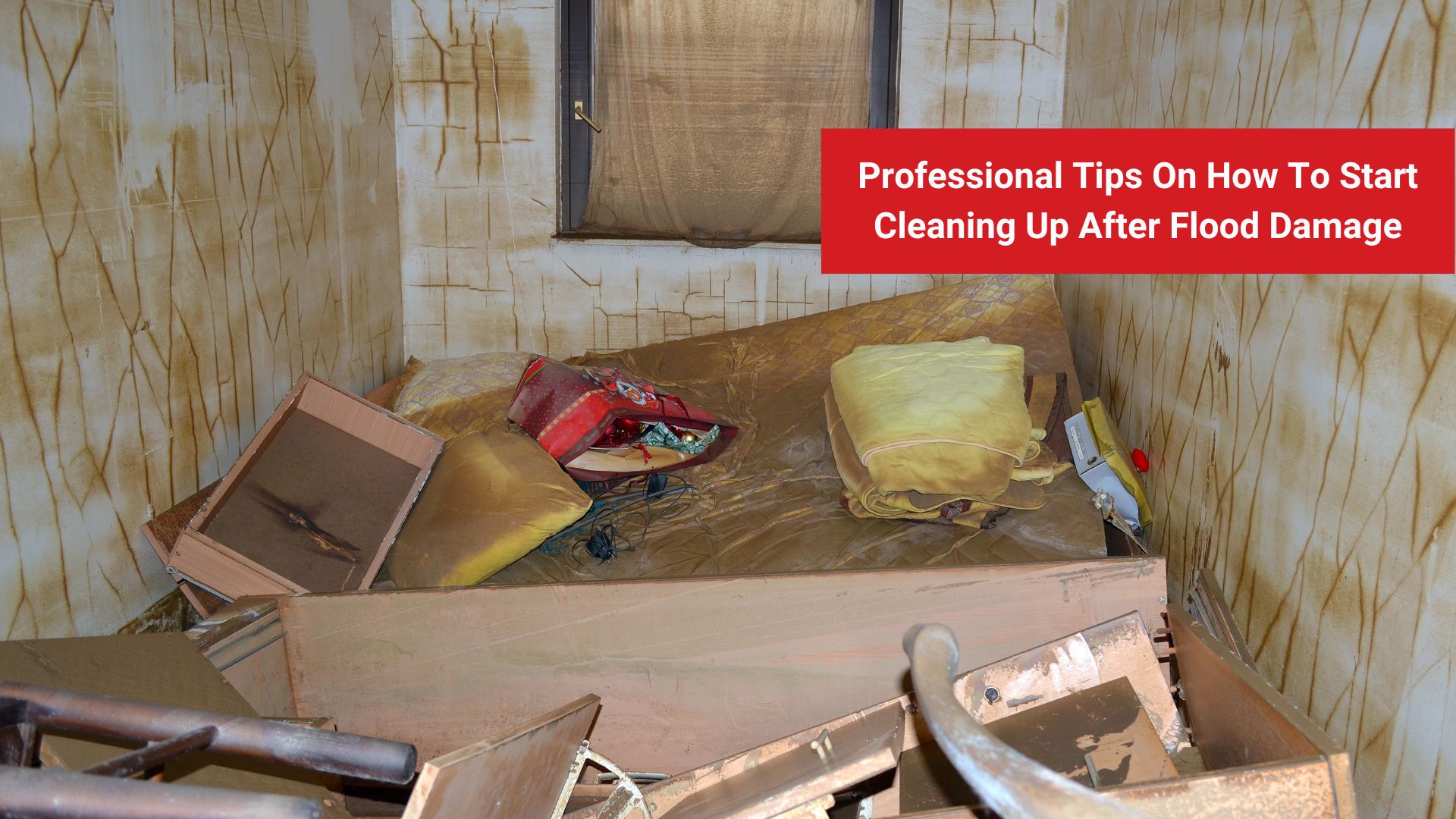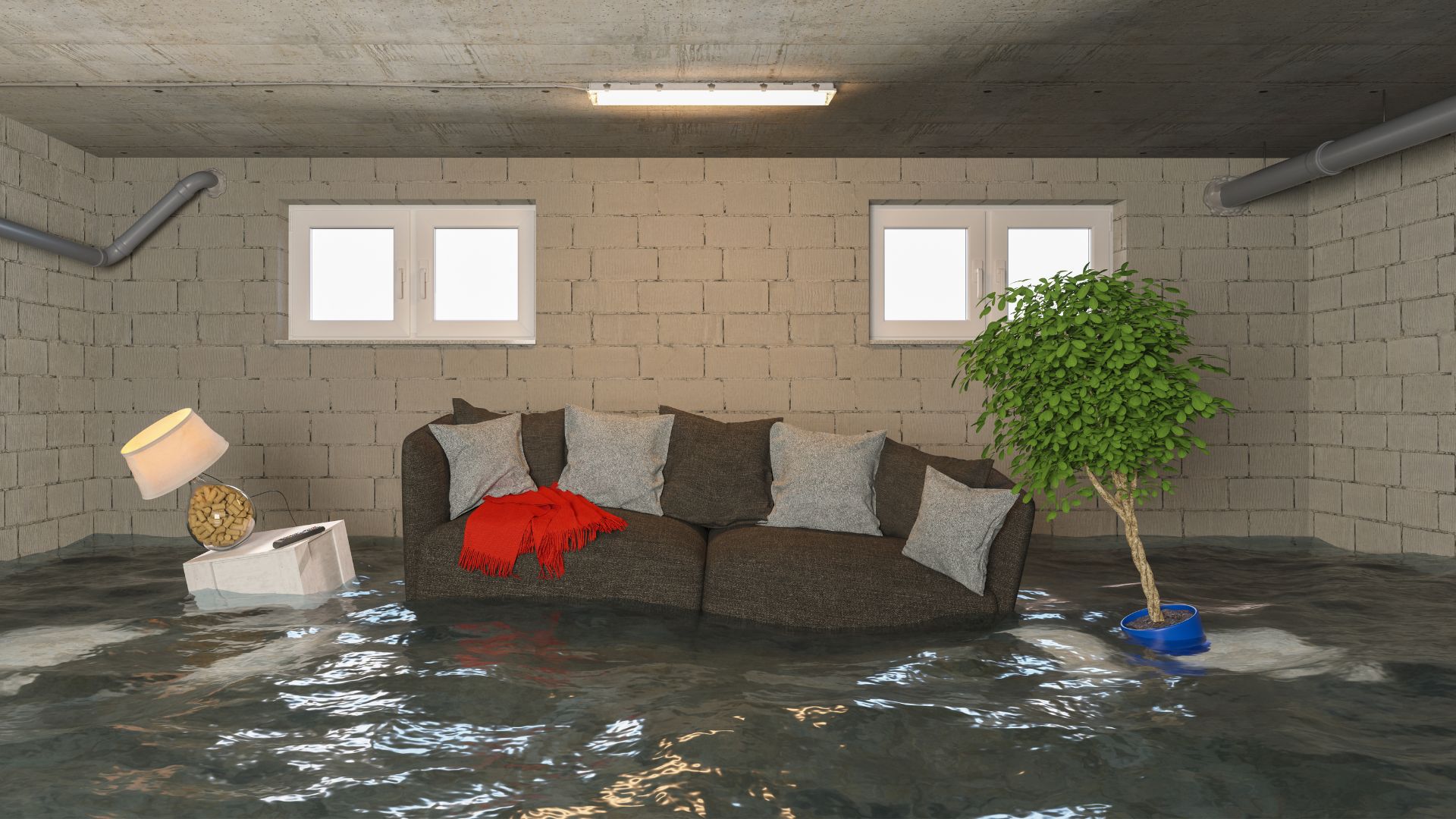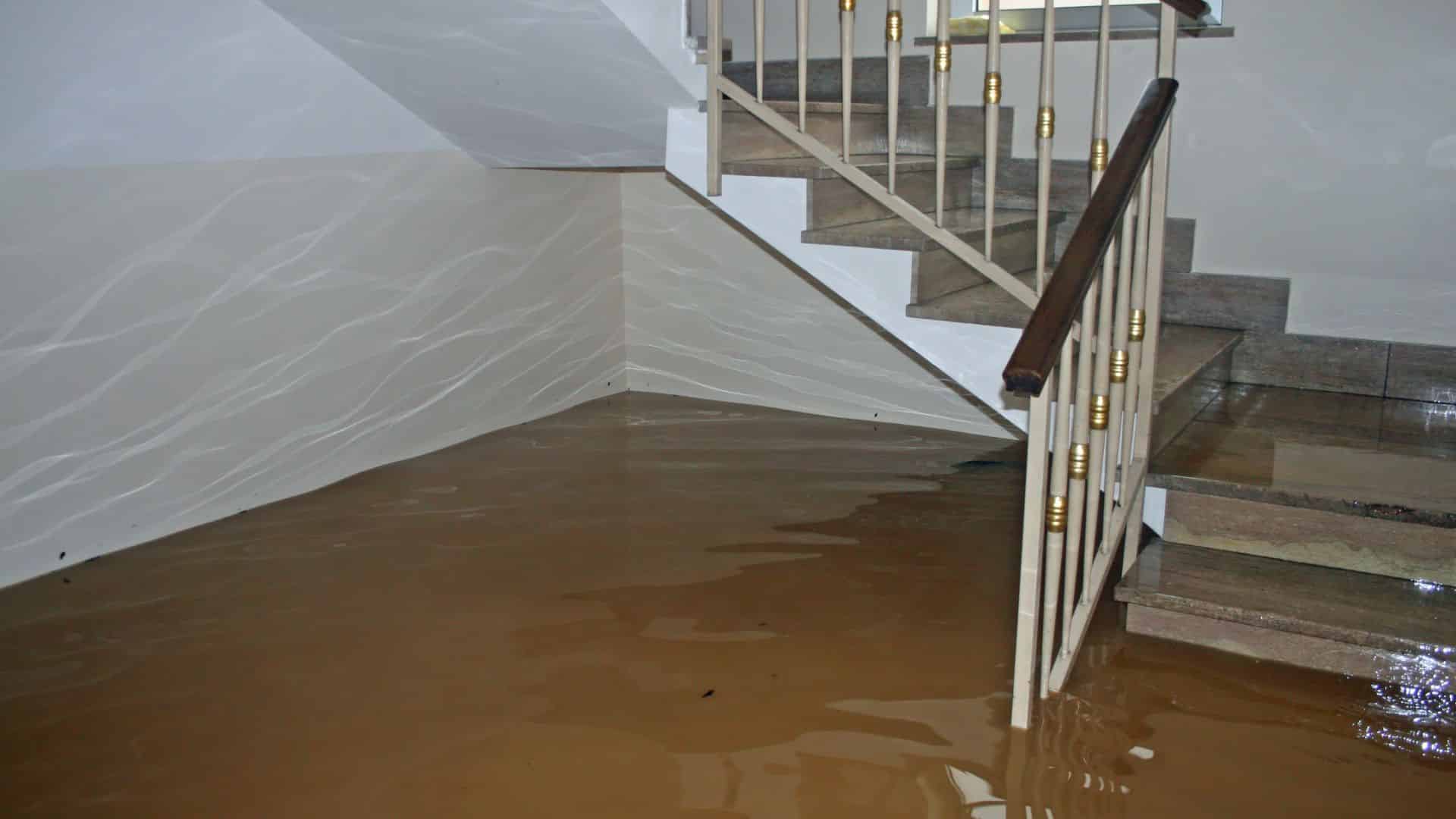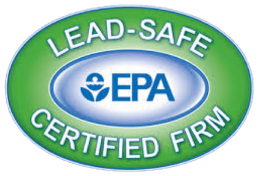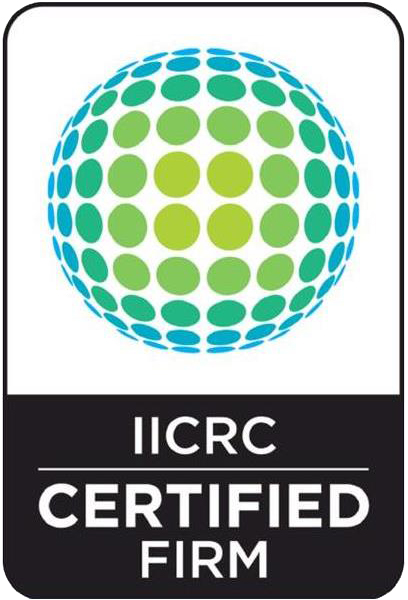Many homeowners experience widespread flooding caused by natural disasters during hurricane season. They share a common problem: How do you clean up after a flood? Do you do it by yourself? Do you need to hire a water damage restoration service to help you with your problem? Well, all the questions you have in mind will be answered.
Table of Contents
Flood damages havoc not only homes and buildings but also personal belongings. It is highly necessary to take immediate action to clean up flood damage, as standing water and wet floors can become a breeding ground for bacteria and mold. The growth of mold and bacteria can lead to further damage down the road. However, there are effective mold cleaning tips you can actually do to prevent mold from growing in your home.
If your home has recently been hit by a flood, or you are just preparing in advance, finding a restoration company is a must. However, following these professional tips could also help you start your cleanup process.
Preparing for Flood Damage Cleanup
Before you start cleaning up your home from the flood, safety must be on top of your mind. You need to inspect if it’s already safe for you, or anyone to go inside your house. That said, you need to check the electrical connection and gas pipes of your house. Well, if this idea scares you, you can always hire for water damage restoration. However, water damage restoration cost
Turn off electricity and gas
Before doing anything, safely switch off all power supply and gas. Try to safely turn off the main electrical service panel without stepping in the standing water. If this is impossible, call an electrician.
For gas-powered appliances, call the gas company to help you turn them off. If you smell gas, leave your home immediately and call the gas company.
Wear Protective Equipment
When dealing with floods, make sure to wear protective gear. The Environmental Protection Agency (EPA) recommends long pants, sleeves, gloves, eye protection without holes, and ventilated masks like N95.
Also, wear rubber boots to keep your feet dry. This also protects you from any electrical short circuit connection touching the flood water.
If you have allergies or breathing problems like asthma, make sure to contact your doctor about your cleanup plans.
Take Pictures
Before you start cleaning up after flood damage, ensure that you take pictures of the affected areas, damaged furniture, clothes, and appliances. These documents are critical for claiming your insurance benefits. Once you have documented everything, contact your insurance company.
Flood Cleanup Checklist
After doing all the steps above, you are now ready to start your cleanup process. A checklist would be an essential guide to doing a systematic way of cleaning your home after a flood. You won’t miss a thing when you have a guide to refer to for this matter. Now, your usual house cleaning checklist won’t work, since this is kind of bigger problem.
Here’s an overview of the things you need to do or secure for your flood cleanup:
- Protective equipment
- Photos of flood damages
- Equipment you’ll use for removing flood water from the house
- Tools and materials for cleaning and repairing those water damages
Remove water, residual, and mud
It is extremely important to remove as much of the water as quickly as possible. Use a bucket or other container to take out water. When there’s little water left, use a wet/dry vacuum cleaner.
Shovel out mud and any residue the flood left behind into the trash can. Take note, wet dirt or mud can be quite dense, so only fill your trash can about half full.
To ensure that your home is dry from the inside out, you may need to remove wall coverings like wallpaper, drywall, or installation. Check for the highest visible water line, and remove the parts up to this point.
If the damaged wall section is just small, just cut away the affected areas and salvage
After removing damaged flooring, check the subfloor for any structural concerns. It’s best to contact experts if you see any problems.
Dispose of damaged items
Items that sit in water for longer than 48 hours are at risk of developing mold or mildew. Therefore, identify the items that are salvageable tossed that can’t be washed and disinfected. The most common items that can’t be saved include upholstered furniture, books, rugs, carpet, pillows, and box springs. On the other hand, if you think your upholstered furniture are worth-saving, then start comparing upholstery cleaning costs and hire the one that suits your budget.
Take photos of everything before throwing them away, this is for insurance purposes and will serve as an inventory.
Clean and Sanitize
Clean, disinfect, and dry all surfaces using proper cleaning and sanitizing products. Sanitizing products will help kill bacteria on surfaces. Remember not to mix bleach with other cleaning products.
Use a specialized furniture cleaner and clean cloth to clean them thoroughly. All curtains and rugs must be removed, washed, and disinfected. You may also send them to a professional cleaner, so you can guarantee that they are cleaned properly.
Avoid sweeping dust, instead, wipe dust and specks of dirt with a damp cloth or use a wet/dry vacuum. If you think your kitchen is heavily damaged and cleaning and sanitizing can’t save it, it’s probably time for you to look for the latest kitchen remodeling trends for a new kitchen.
Set up an area for drying your items
You can’t keep your damp items stay damp for 24 hours or more, so you need to air dry them. With that said, you have to find a place inside your house where you can dry them up. It must be a clean and dry place to hold those items that need drying.
Before fixing those damaged items, you need to dry them. So, securing a place for this matter is essential for restoring their conditions.
Remove damaged dry walls
If your drywall is no longer salvageable, don’t put effort there. You can just remove the part that cannot be salvaged anymore. Otherwise, you can replace the entire wall if necessary. This ensures there’ll be no molds growing on them.
Open your windows and/or turn on your fans
The air inside your home, it’s contaminated since flood water can have bacteria and viruses. The excess moisture building up inside your home isn’t healthy. Proper ventilation is a must, so you need to open your windows and turn on your fans to help air circulation. This also prevents the growth of molds and mildews on organic surfaces of your house.
Most flood damage cleanup companies use large fans that are movable in directing air to flow out of the house. They also use that for drying up things. If you can purchase stackable air movers, that would be great, yet it wouldn’t be that cheap.
Don’t hesitate to get help
After the flood, it’s essential that you clean up and dry up your house within 48 hours. This is to prevent further damage from your belongings, and to avoid microbes from growing inside your home. If you rely on your strength and tools, that’s most likely impossible. That said, you need to reach out to professional flood cleanup professionals like Royal Restoration. Also, if you need help regarding house cleaning, then there are house keeping services that can guarantee you a clean and fresh home all the time.
We have the experience and proper tools and experience to sanitize and repair flood damages. You can call our office for emergencies, or for asking for a free quote or consultation. We are available around the clock for these situations. Feel free to visit us on Instagram or contact us!
